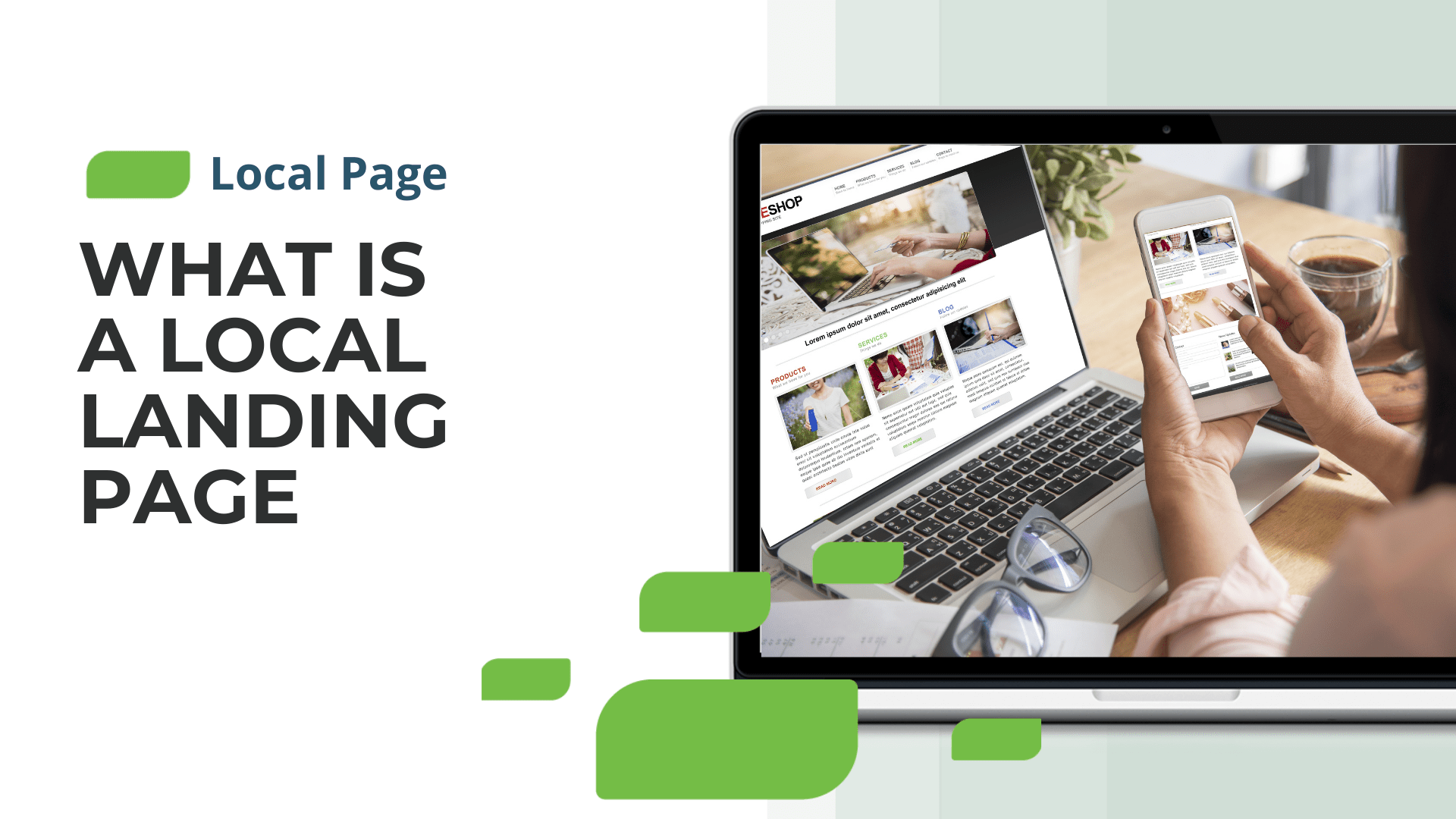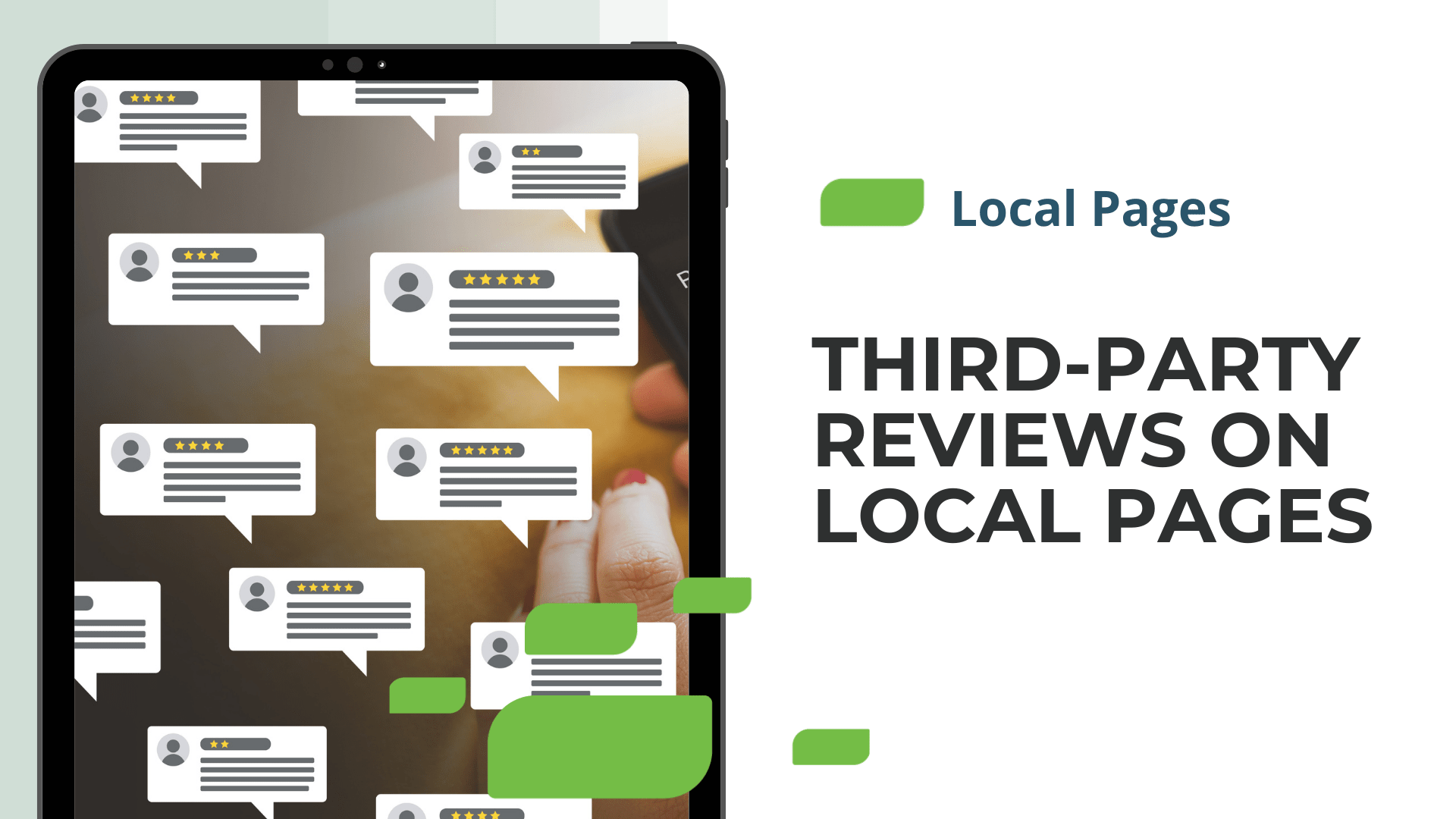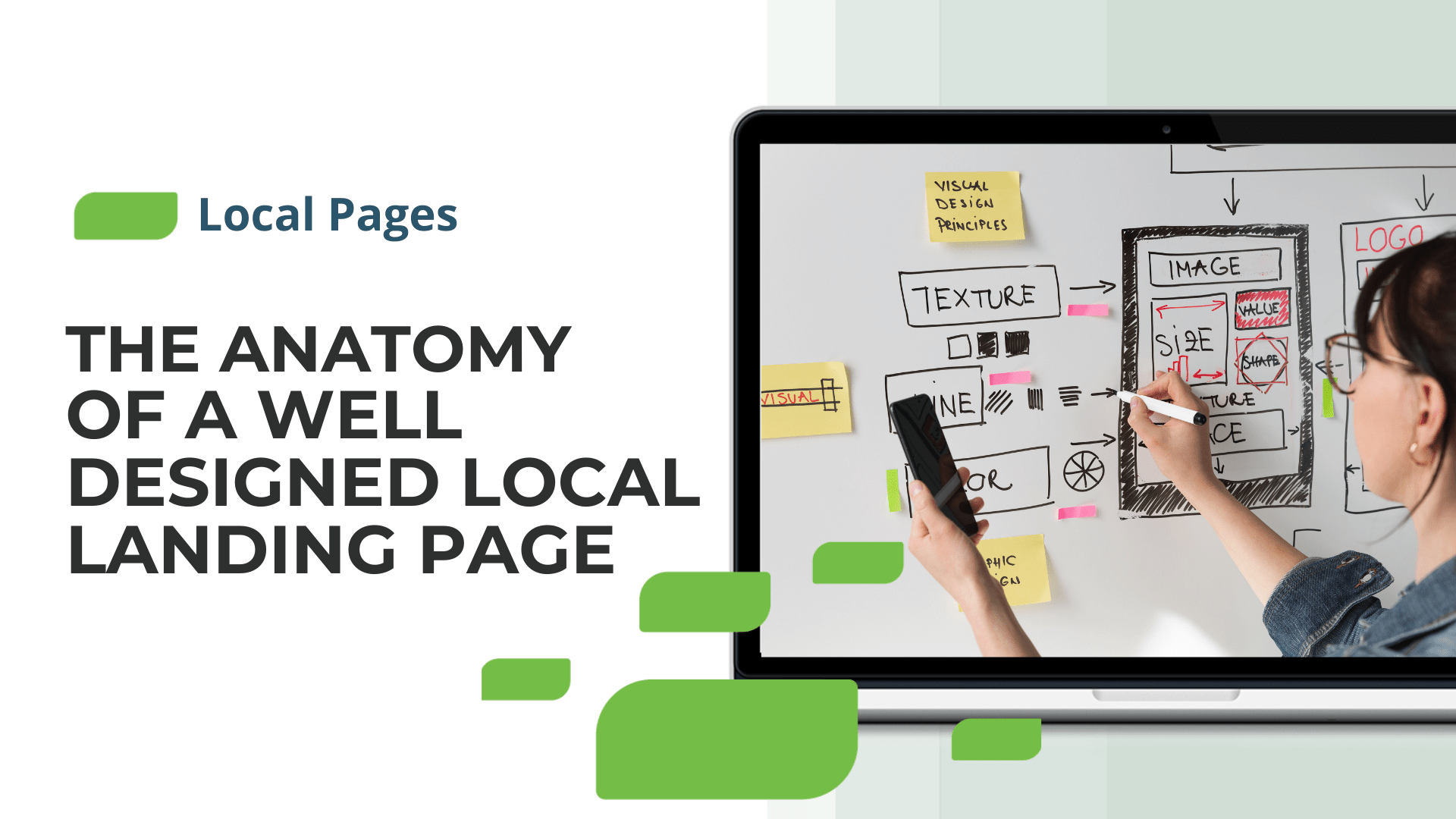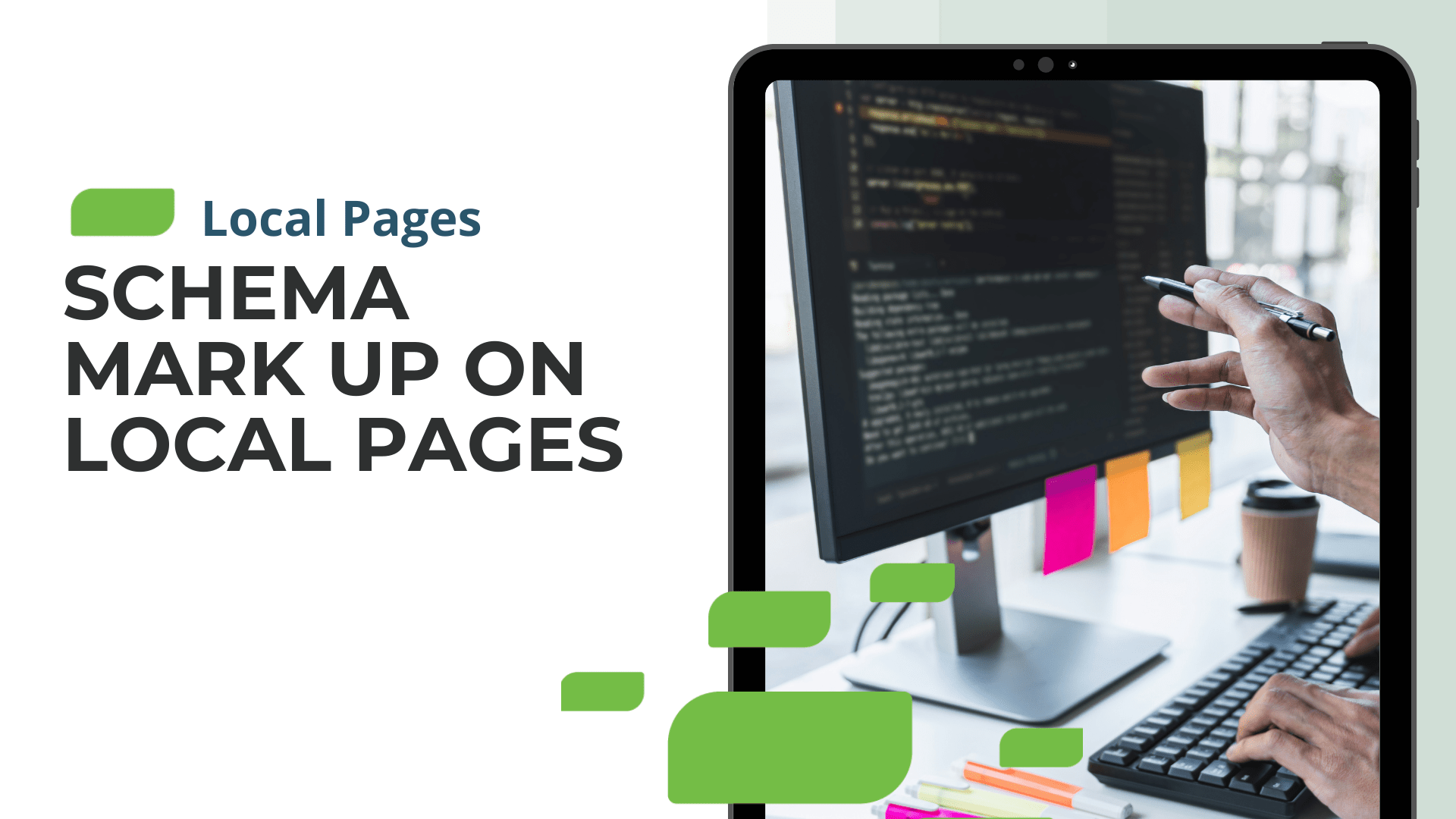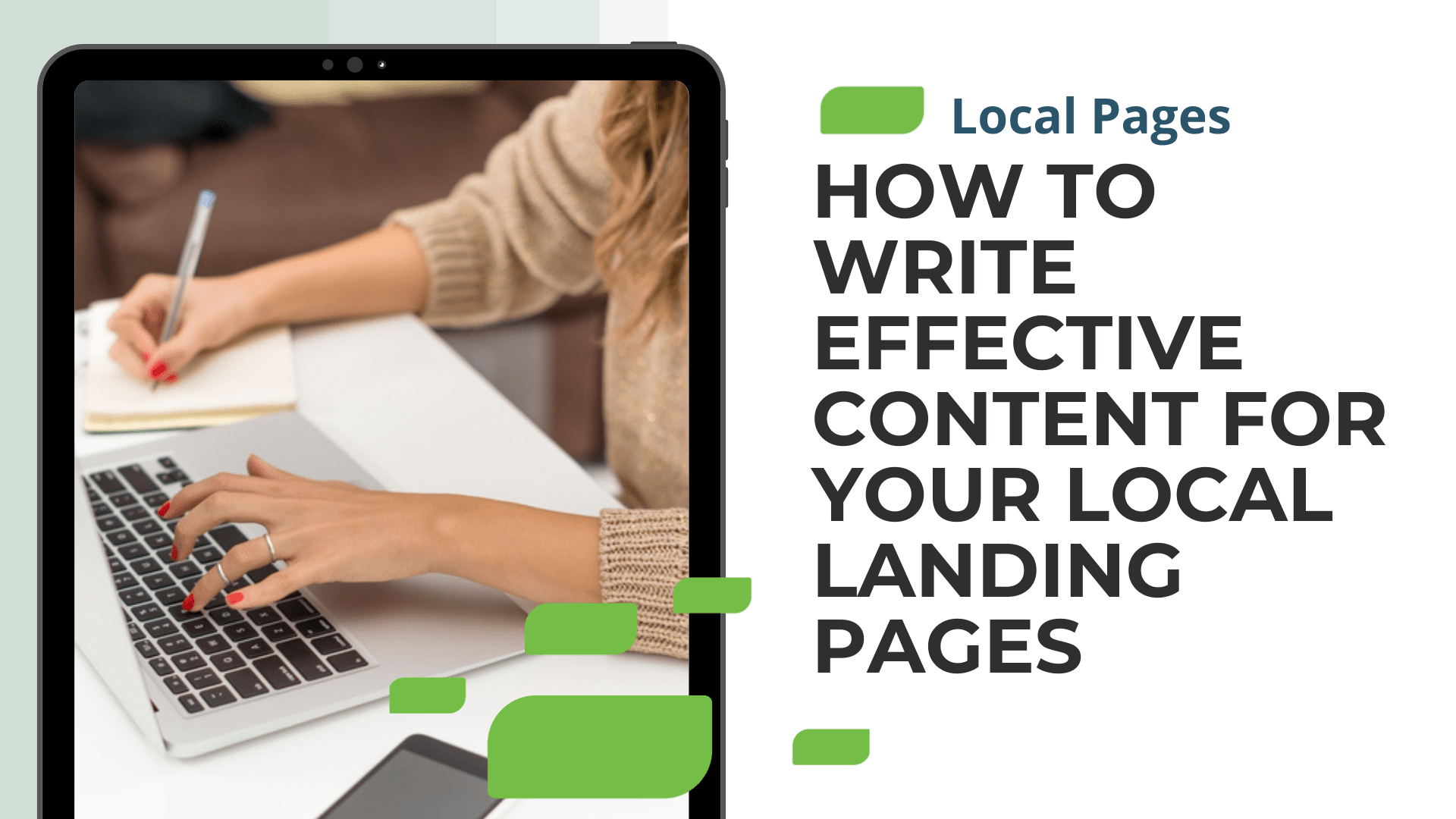Driving Conversion through Local Pages
Driving Conversion through Local Pages
While the bulk of discussions surrounding local landing pages focuses on improving search engine rankings for local searches, the ultimate goal in developing local pages is really to drive conversions. Local pages should convert local traffic into leads. Highly-targeted webpages have stronger conversion rates than generic webpages.
That’s why we create local pages in the first place. However, there are certain features that brands should include in their local pages to make their conversion rates even higher.
When designing a local page that drives conversions, consider including:
- Location-based keywords
- Content that’s customized with local information, including sites of interest, city nicknames, and neighborhood information
- Location-specific metadata
- First-party reviews written by customers
- Local images
- Service-area maps
- Employee profiles
- External links to trusted sources of information
Businesses should also consider integrating contact request forms, appointment scheduling tools, quote request forms, and click-to-call buttons to turn their local pages into conversion opportunities. The key to conversion is to provide consumers with an easy means of transitioning from exploration to purchase intent. Make sure your pages are focused on driving users toward a conversion-oriented action. Such actions may differ from business to business, but Order Now, Book Now, and Request a Quote are common conversion-oriented calls to action (CTAs). You might also consider integration with a third-party service such as DineTime for restaurant waitlists, Lyft for rides to the store, or one of several options for on-demand delivery. Page load speed is another factor that can impact conversions.
According to Google, reducing page load time boosts conversion rates significantly. Research has even shown that conversions per second improved as load times went down. For that reason, it’s recommended that brands optimize their local pages for mobile and make the necessary changes to improve the user experience. (Brands can check whether their websites are mobile-friendly using Google’s Mobile-Friendly Test page.) Multi-location brands can customize their local pages to optimize conversions. For example, for certain store locations, brands may want to add neighborhood maps or community guides. Brands should also consider including location-specific lists of services or products, since those can vary from store to store.





